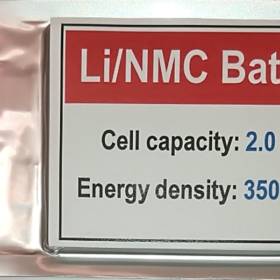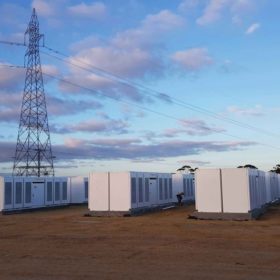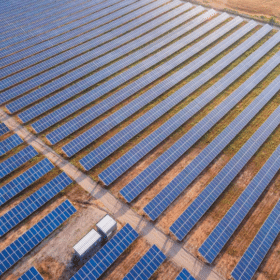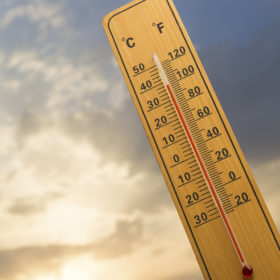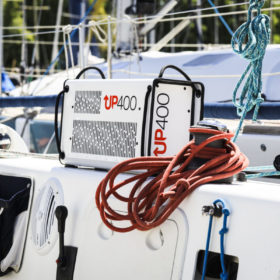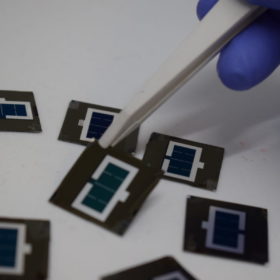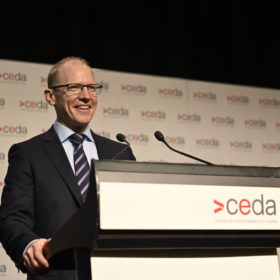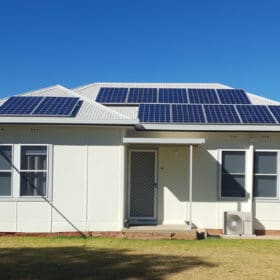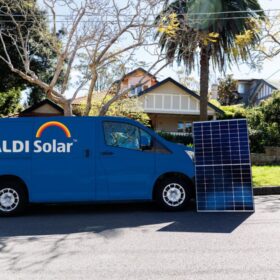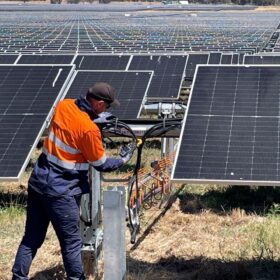New battery chemistry tweak could double EV range
Researchers at the Pacific Northwest National Laboratory have developed a revolutionary lithium-metal battery chemistry that could allow electric vehicle batteries to almost double their capacity, while also overcoming historic setbacks.
New AEMC reforms provide boost for battery storage
The Australian Energy Market Commission has unveiled new rules designed to better integrate both small and large-scale batteries into the National Electricity Market and provide financial rewards for market participants who can respond at lightning-quick speeds to provide stability when the grid is under stress.
Spark reveals plans for 2.5 GW renewable energy hub
Electricity network owner Spark Investment has announced plans to develop a 2.5 GW renewable energy hub in New South Wales as it continues to move beyond owning regulated network infrastructure towards renewable energy generation assets.
Steggall calls for conscience vote after climate change bills rejected
Independent MP Zali Steggall has called for a conscience vote after two Liberal backbenchers broke ranks to back a net zero by 2050 emissions target after a parliamentary committee rejected a bill to legislate the goal.
Portable hydrogen fuel cell generator with power output of 400 W
The generator can be combined with batteries, solar panels, or small wind turbines. It is based on a proton exchange membrane fuel cell technology and is claimed to have a minimum lifetime of 5,000 working hours.
n-type perovskite tandem cell hits 27% efficiency
Scientists demonstrated a perovskite-silicon tandem cell that reached 27% conversion efficiency. Though higher tandem cell efficiencies have been achieved, this represents a big jump in efficiency for those utilising n-i-p architecture, which previously had not surpassed 22%.
ARENA provides $2 million to help biggest industrial emitters green supply chains
The Australian Renewable Energy Agency will provide $2 million to ClimateWorks Australia for the next phase of the Australian Industry Energy Transitions Initiative, which is aims to support some of the country’s biggest companies to decarbonise.
Australia’s grid to be ready for instances of 100% renewables by 2025 to end asset constraints, AEMO boss clarifies
In his first public address, the newly appointed head of the Australian Energy Market Operator significantly upped the Operator’s ambitions for renewable penetrations in the grid, conveying the importance of no longer constraining what he called ‘zero cost’ renewable energy assets.
Sunny WA town locked out of solar market finally has hosting capacity added
Broome, a coastal town on Western Australia’s north, has barely any rooftop solar – though not for lack of interest. In fact, local residents were so hungry to install solar, they exhausted the state government’s 900 kW allocation of additional hosting capacity by mid-morning.
Solar panel demand hits record highs as prices set to skyrocket by 15%. This could cause a solar crisis as soon as this summer
There is a big concern in the industry right now for even the top tier solar companies. As the demand for installers and systems is ever increasing, the number of good solar installers are not.
